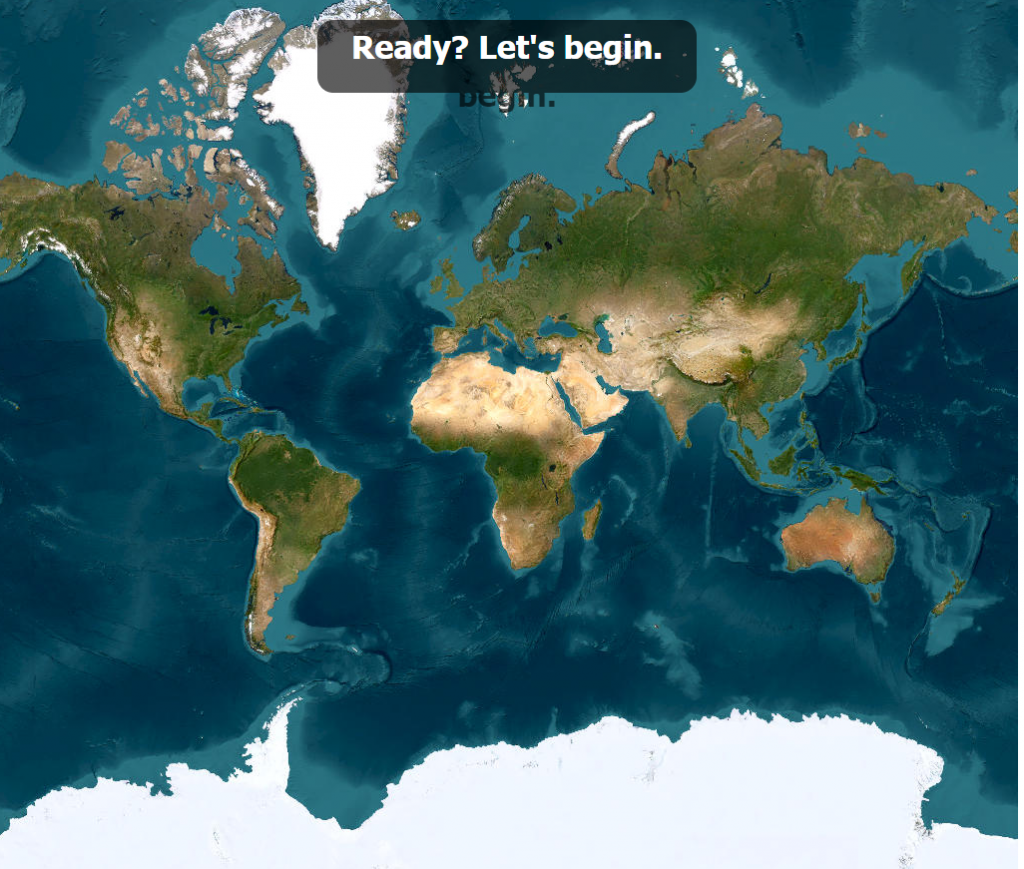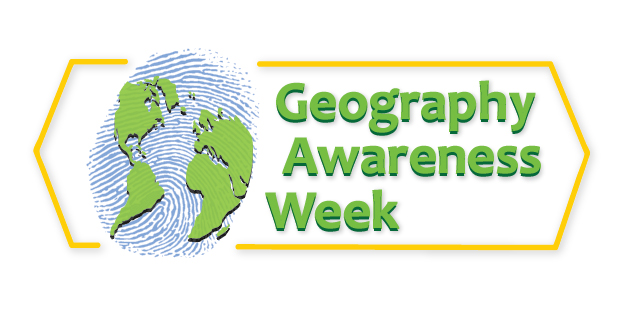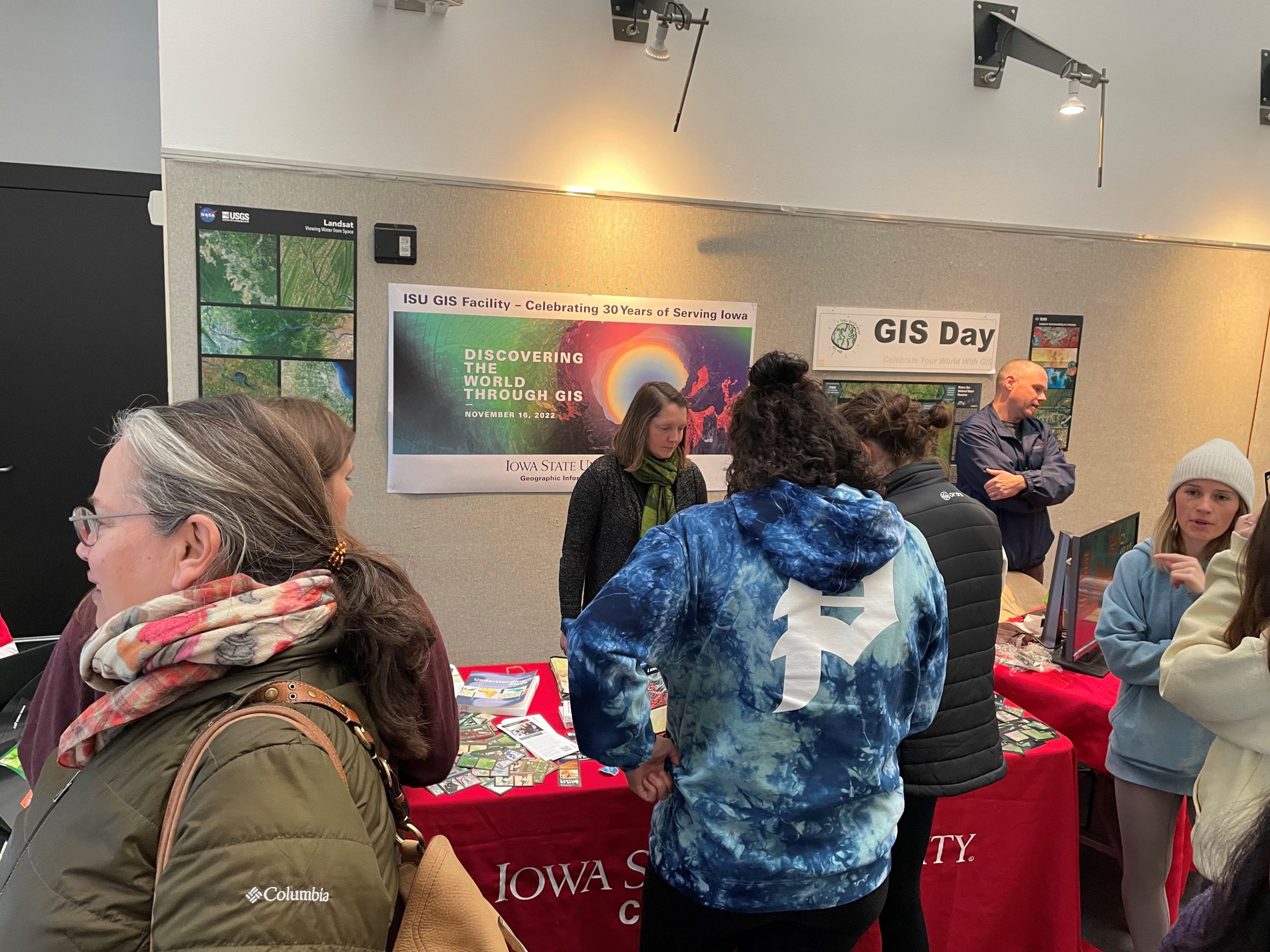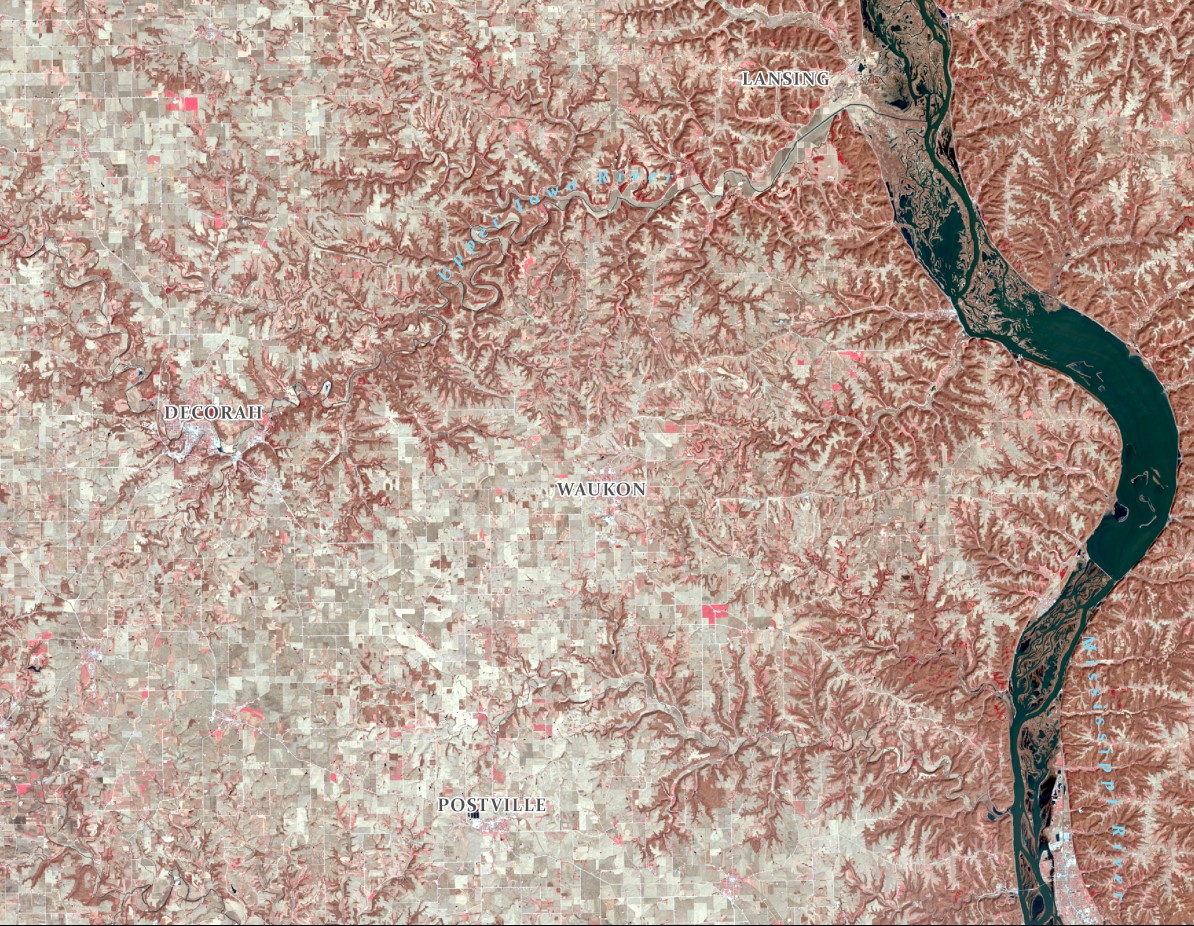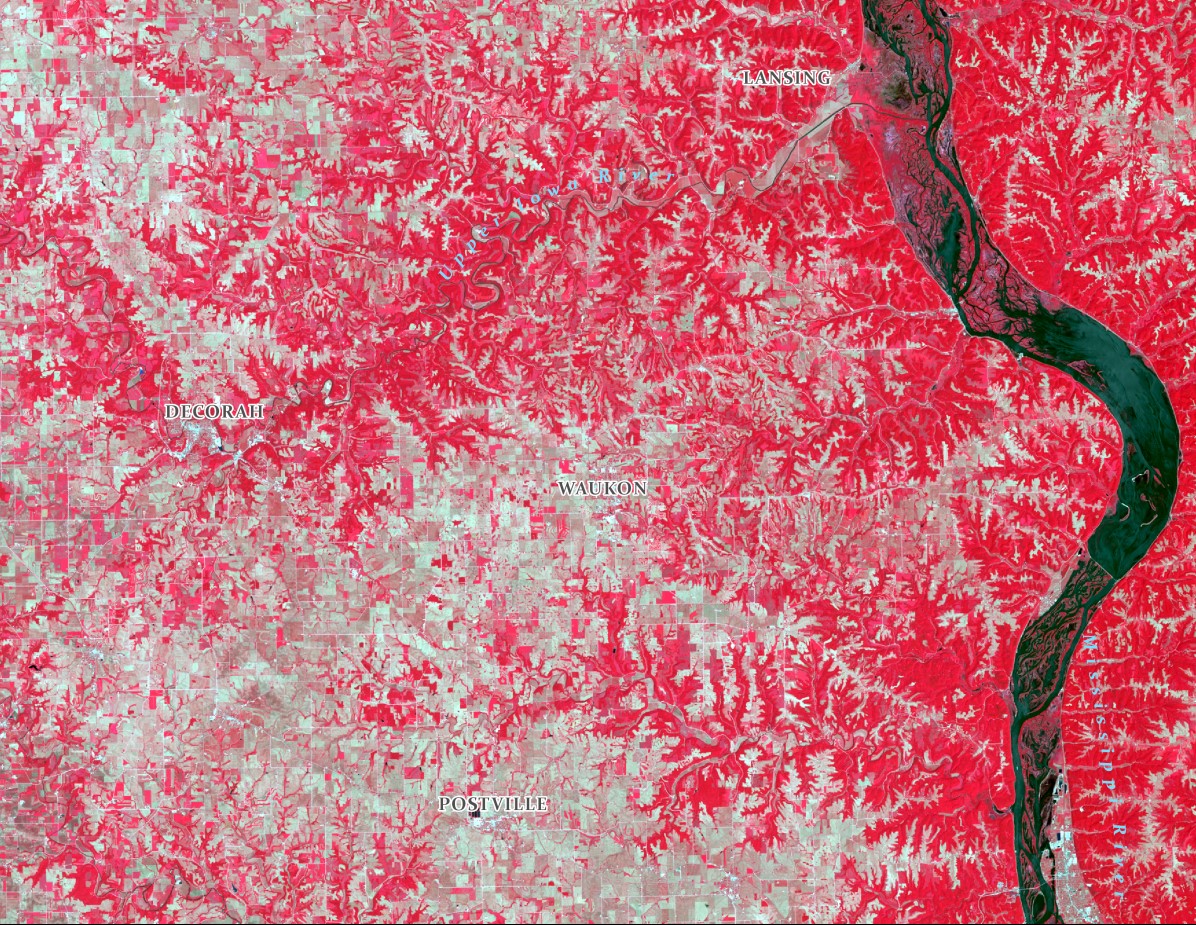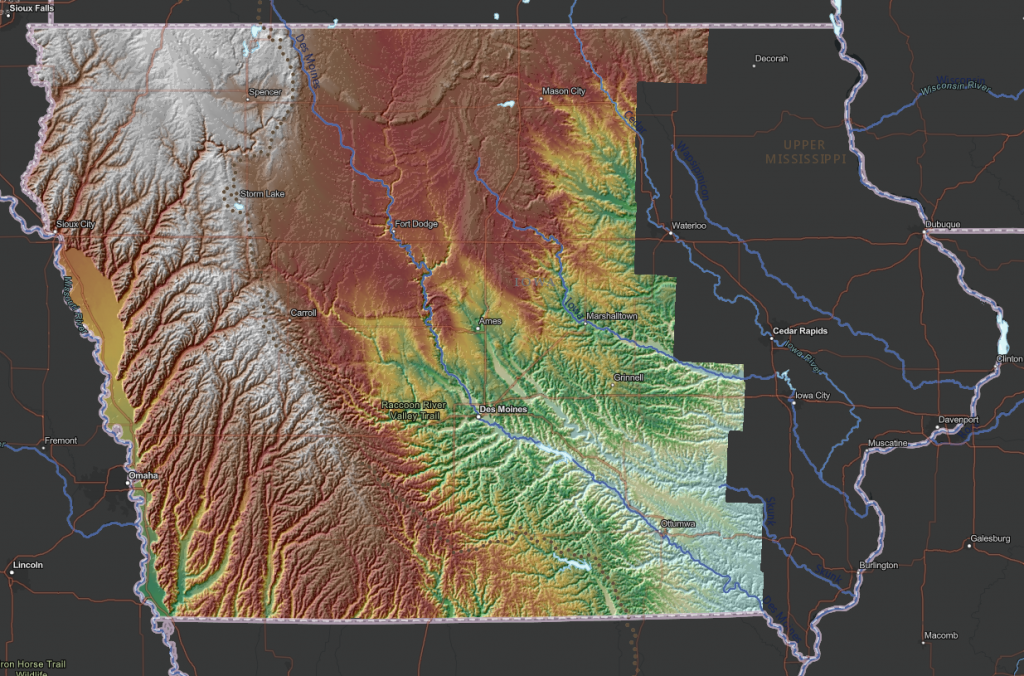Day 5 GAW: Have you discovered the Iowa Geographic Map Server?
The Iowa Geographic Map Server is a gem of historical and contemporary statewide aerial imagery for Iowa from the 1930s to 2021. It also has many other statewide layers including:
- elevation maps (LiDAR and USGS topographic maps),
- historical maps (General Land Office survey maps from 1800s, Andreas Atlas, historic topography),
- land cover maps (historical and contemporary)
- geology (landforms and bedrock)
Here’s your challenge: Zoom into your city or a place of significance to you and discover how it has changed over the years, look at how the land cover changed, challenge yourself to find as many changes as you can.
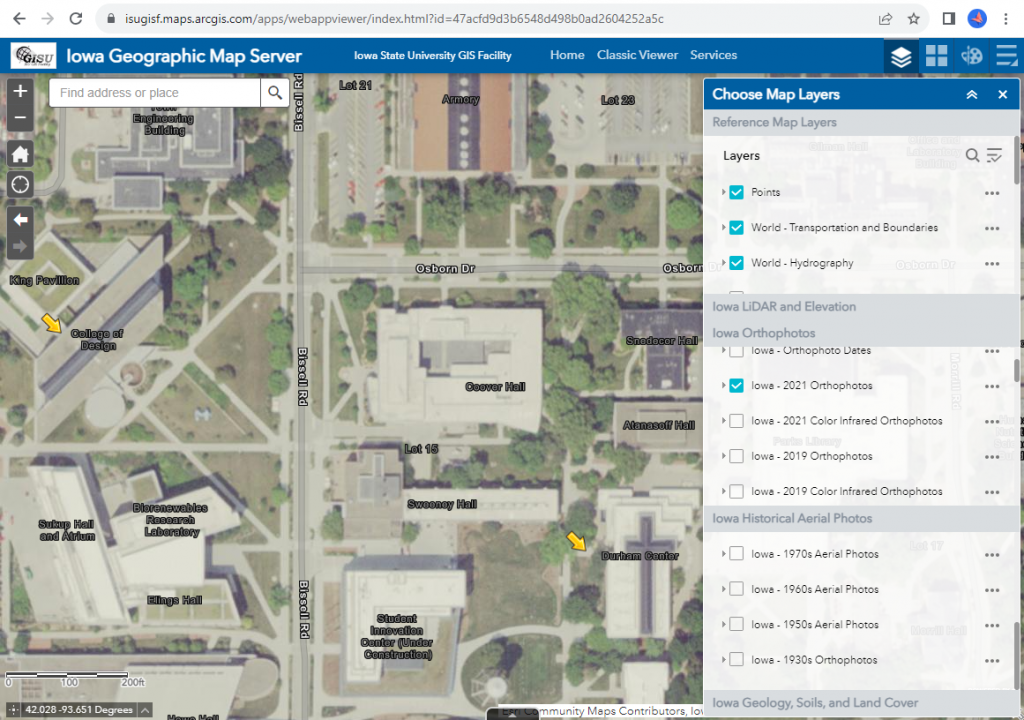
Interested in learning more about the Iowa Geographic Map Server? Watch Gregg Hadish’s recent presentation, “Accessing Iowa Map Services in GIS and Web Applications,” for the Iowa Geographic Information Council September 2023 Lunch and Learn professional development series.



